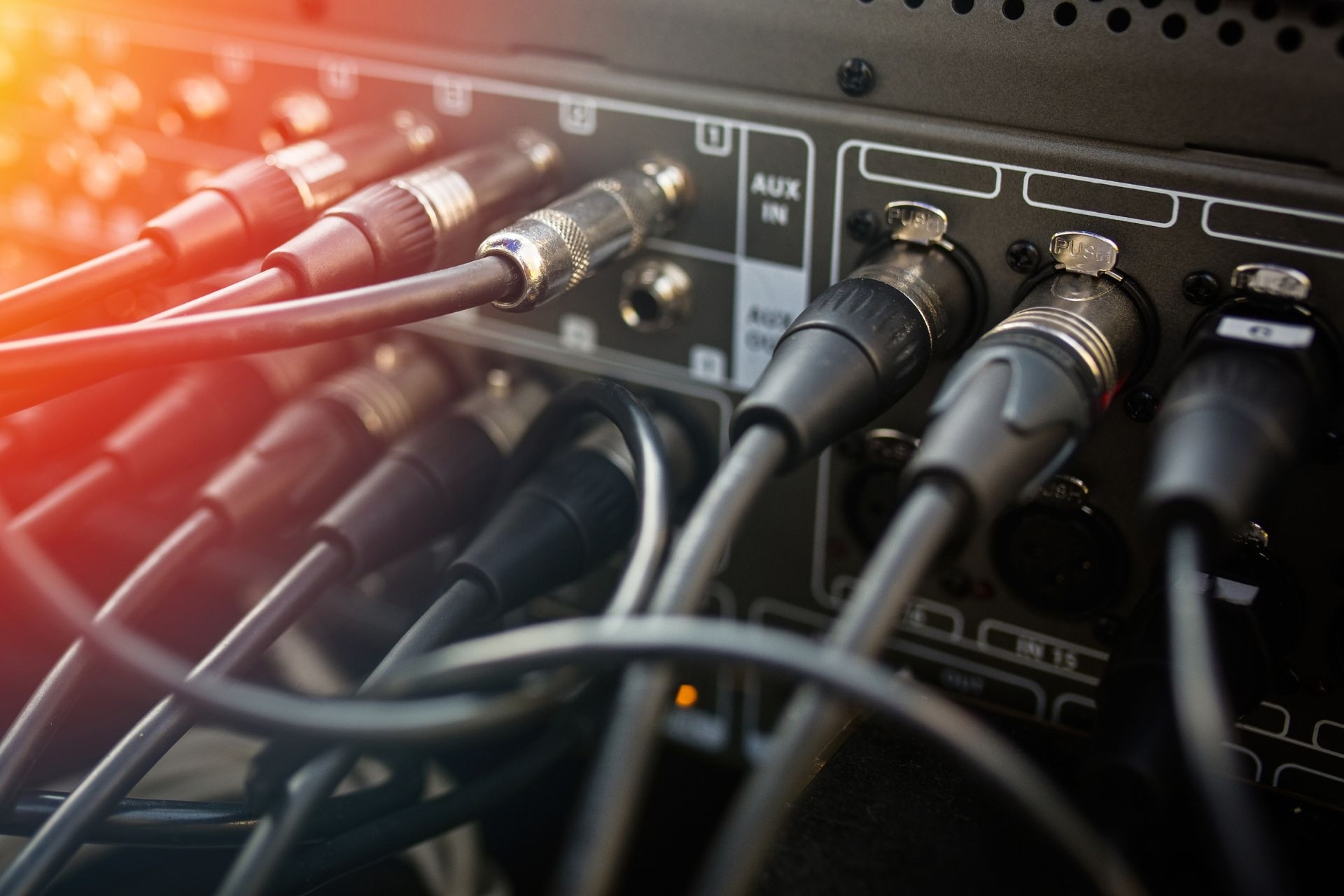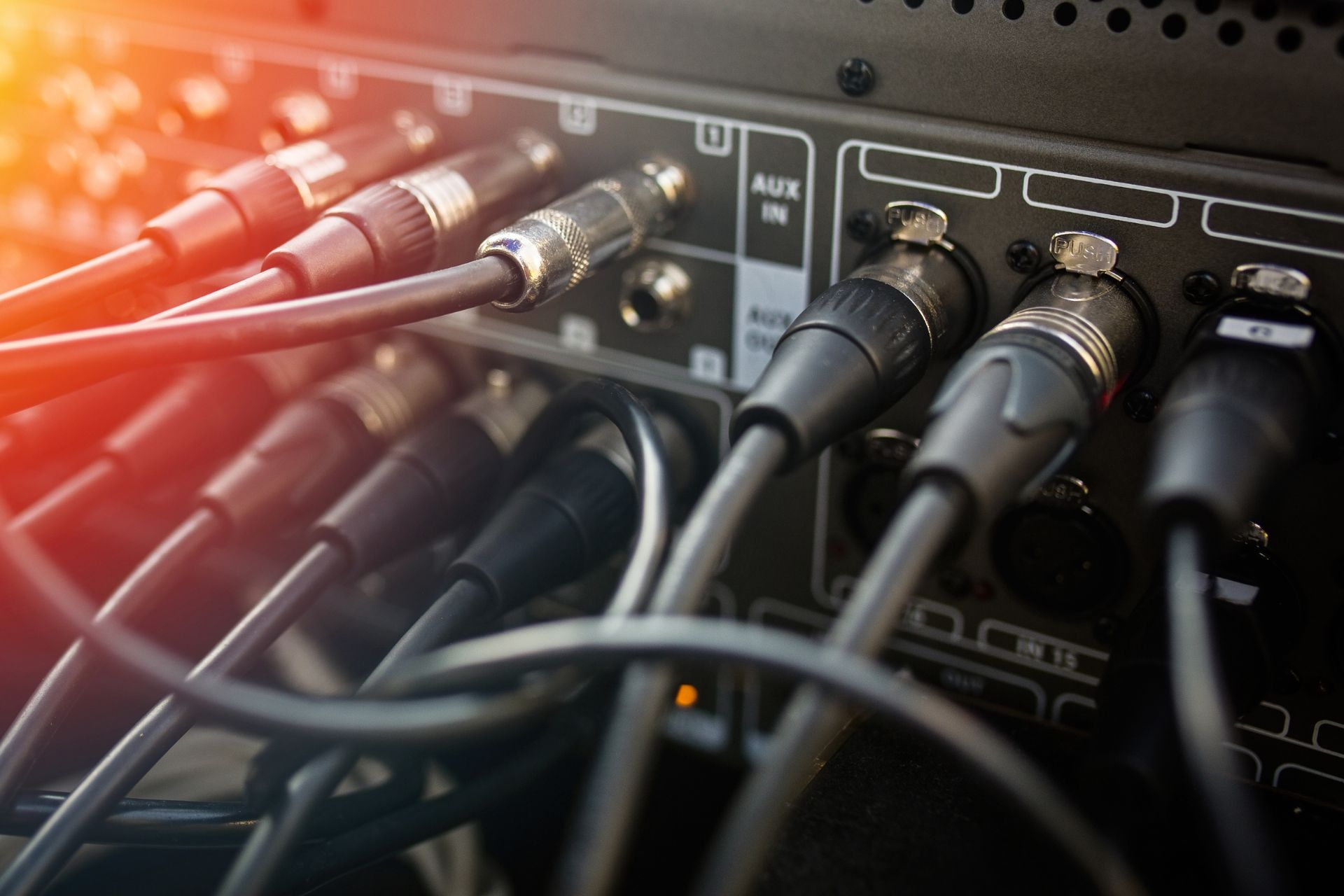Fourier Transform Applications
How is the Fourier Transform used in signal processing applications?
The Fourier Transform is a crucial tool in signal processing applications, allowing for the analysis and manipulation of signals in the frequency domain. By decomposing a signal into its constituent frequencies, engineers can extract valuable information, remove noise, and enhance the quality of the signal. This transformation is particularly useful in tasks such as filtering, modulation, and spectral analysis, making it a fundamental technique in the field of signal processing.



